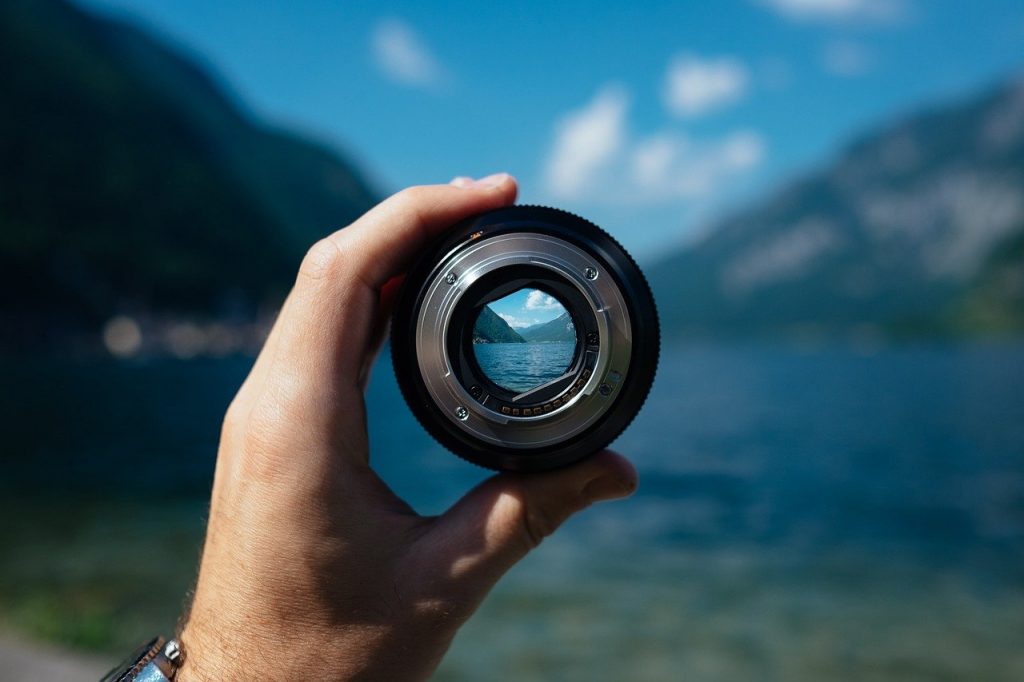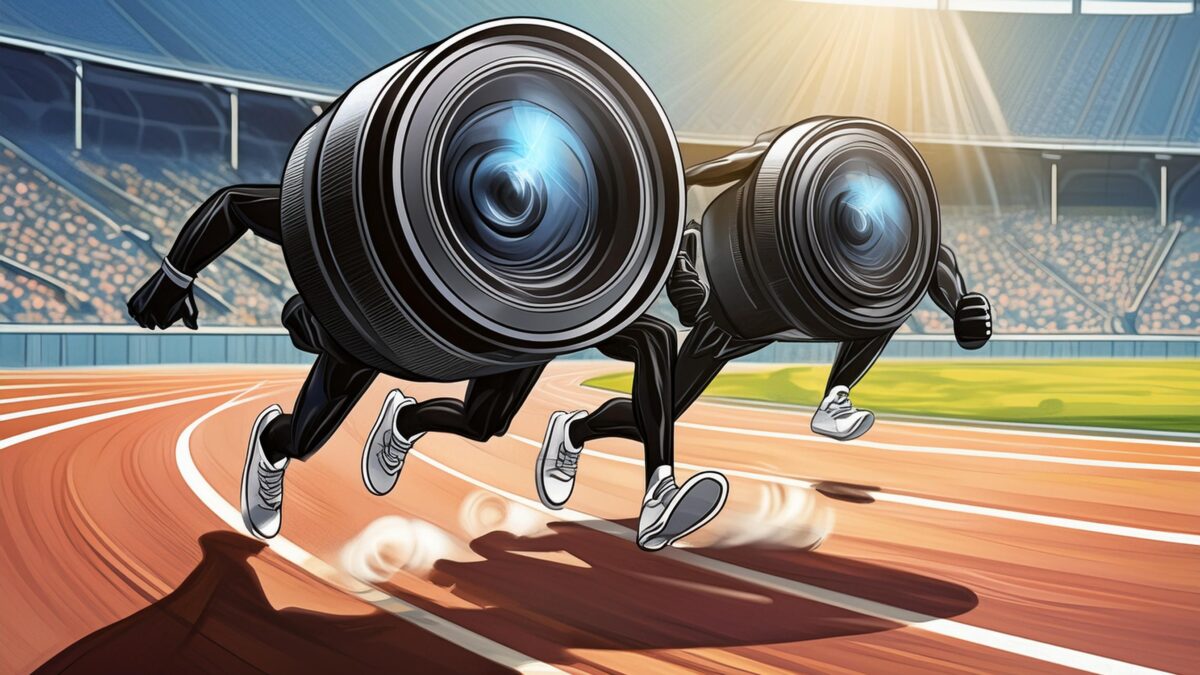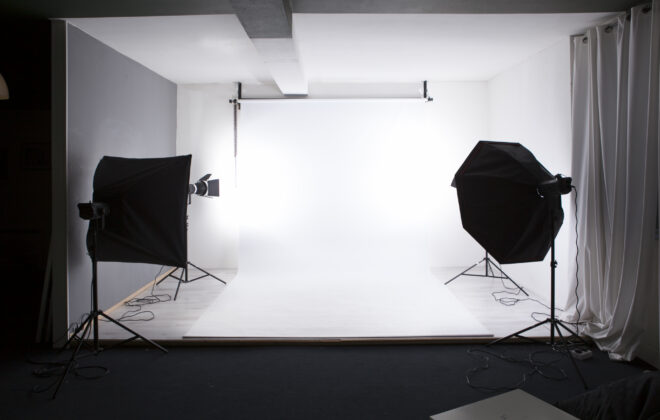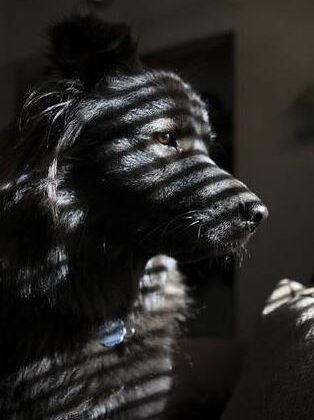The Role of Fast Lenses: What They Are and Why They Matter
When discussing photography or reading about it, you’ll often encounter the term “fast lens” used to describe a camera lens. Essentially, a fast lens has a wide maximum aperture. This larger maximum aperture is what makes the lens “fast.” The majority of people tend to prefer a faster lens over other options.
The aperture is the adjustable opening in the lens that regulates the amount of light entering the lens. By adjusting the aperture, photographers can control two key aspects: the light exposure and the depth of field. The aperture size is measured in f-stops, with lower f-stop numbers (such as f/1.8 or f/1.4) indicating a wider aperture. These high-quality lenses are typically more expensive but offer the advantage of a shallow depth of field, allowing for beautifully blurred backgrounds and greater creative control.
New Amazon Fire HD 8 Kids Pro tablet, ages 6-12. Bright 8" HD screen, includes ad-free content, parental controls, 13-hr battery, slim case for older kids, 32GB, Jungle Cat, (2024 release)
NETGEAR Nighthawk Dual-Band WiFi 7 Router (RS200) – Security Features, BE6500 Wireless Speed (up to 6.5Gbps) - Covers up to 2,500 sq. ft., 80 Devices – 2.5 Gig Internet Port
Light
By adjusting the aperture, photographers can increase or decrease the amount of light reaching the sensor or film. A wider aperture allows more light to enter, enabling the use of a faster shutter speed. For example, if you’re photographing your kids at an after-school track meet and want to keep them in focus as they run past the camera, you’ll need a faster shutter speed. But it’s getting dark out. To compensate up open up your camera aperture to let in more light.
Supposedly, that is where the term “fast lens” comes from, because they allow for faster shutter speeds. Using a fast lens also lets you lower the ISO, reducing noise in your images, which is especially helpful for night photography.
Depth of Field
Besides affecting the amount of light to reach the sensor, adjusting the aperture will increase or decrease the depth of field. The depth of field is the range of distances over which a camera gives quality definition when its lens is in the best focus for a specific distance. The depth of field is essentially the in-focus area of the image.

When you adjust a fast lens to its widest aperture, you typically achieve a pronounced shallow depth of field. Setting the f-stop to a wide setting, such as f/1.4 allows the photographer to have more control over the area that will be in focus. This technique is often used for close-ups, keeping a person’s face or eyes in sharp focus while creating a nice blur in the background. However, for capturing large groups or cityscapes, selecting an f/22 aperture might be ideal to ensure the entire scene is visible.
Disadvantages of a Fast Lens
While fast camera lenses offer many advantages, they also come with a few disadvantages. First, fast lenses are generally more expensive due to their advanced optics and wider apertures. They also tend to be bulkier and heavier, making them less convenient for travel and some handheld shooting. These lenses can also be more susceptible to optical aberrations, such as chromatic aberration and vignetting, when used at wide apertures. Finally, some fast lenses may not be as sharp when used at their maximum aperture settings, requiring the photographer to stop down for optimal sharpness.
Decision Time
There is a balancing act between the cost of equipment and how you plan to use it. General vacation photographs probably don’t need a fast lens. However, if you plan to do portrait work or video, investing in a fast lens is worthwhile. My recommendation is to buy the best lens you can afford. Cameras are constantly getting upgraded and replaced; however a quality lens will last for as long as you care for it.
Related Posts
Leave a Reply Cancel reply
This site uses Akismet to reduce spam. Learn how your comment data is processed.
Categories






